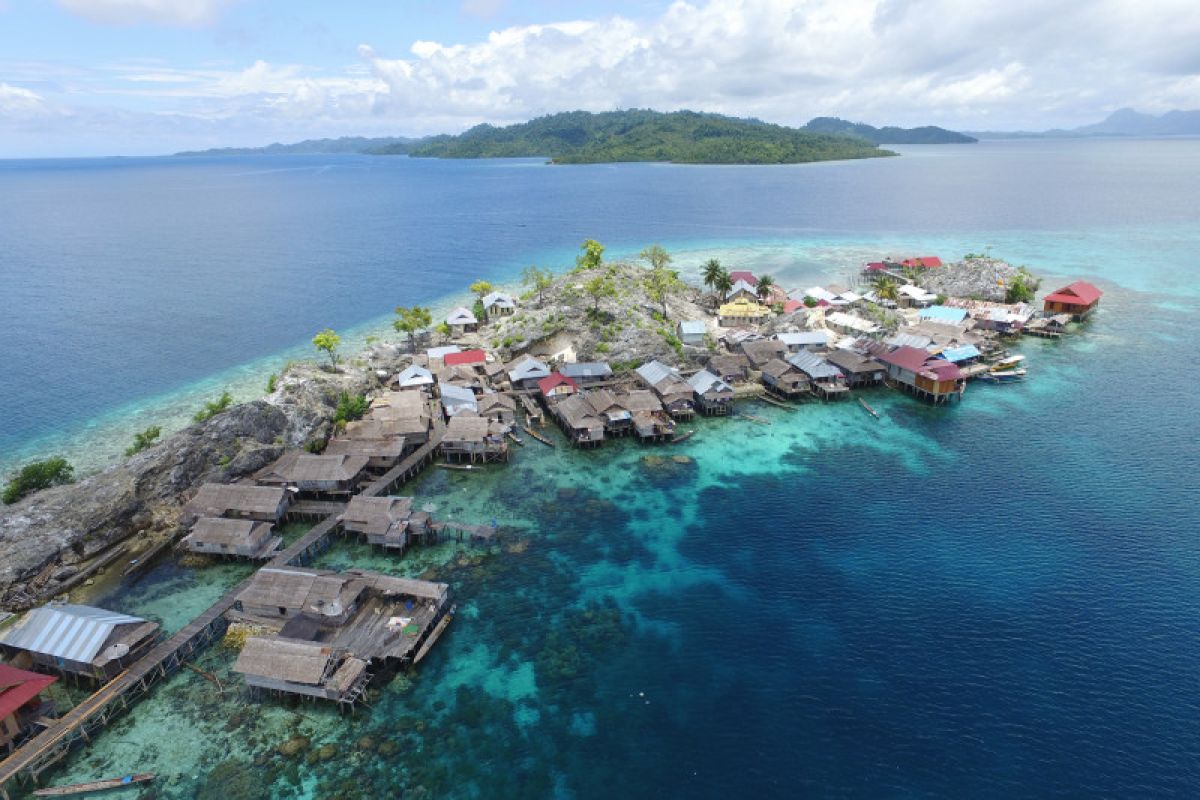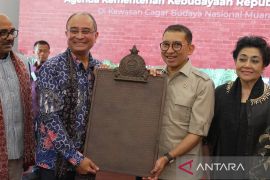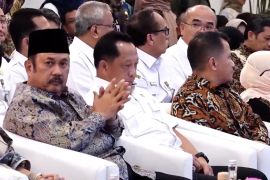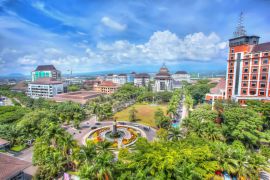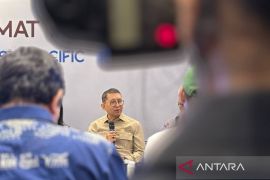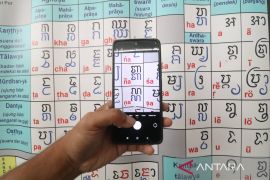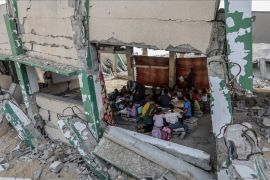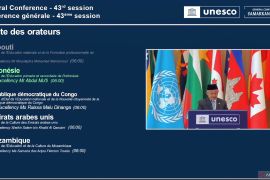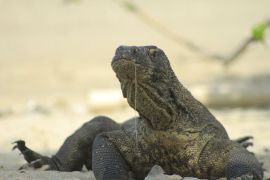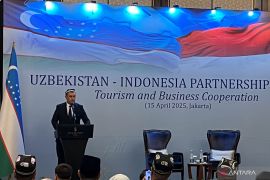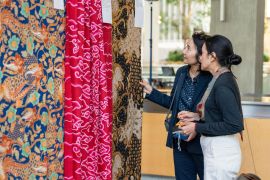At the 31st Session of the International Coordinating Council of the Man and the Biosphere Program (ICC-MAB), Tojo Una-Una and Saleh-Moyo-Tambora Togean were the 15th and 16th biosphere reserves in Indonesia to be added to UNESCO's list.
"The Togean Tojo Una-Una Biosphere Reserve spans an area of 2,187,632 hectares in the heart of the Coral Triangle that has the highest coral diversity in the world as well as mangrove forests and small island ecosystems," IESCO-MAB UNESCO President Enny Sudarmonowati, also deputy for life sciences at the Indonesian Institute of Sciences (LIPI), noted in a written statement received in Jakarta on Friday.
Togean Tojo Una-Una and Samota have currently been added to the list of Indonesian biosphere reserves that includes Cibodas, Komodo, Lore Lindu, Tanjung Putting, Gunung Leuser, Siberut, Giam Siak Kecil-Bukit Batu, Wakatobi, Bromo-Tengger-Semeru, Arjuno, Taka Bonerate- Selayar Islands, Belambangan, Berbak-Sembilang, Batang Kerihun Danau Sentarum, and Rinjani Lombok.
Sudarmonowati pointed out that Togean Tojo Una-Una is home to 363 plant species, including 33 mangrove varieties, as well as a habitat for animals, such as tarsiers (Tarsius spectrum palengensis), Togean monkeys (Macaca togeanus), boars, cuscus, dugongs, whales, and dolphins.
The UNESCO recently designated the Samota Biosphere Reserve in West Nusa Tenggara as one of the world's biosphere reserves in Indonesia.
The Samota Biosphere Reserve, located between the biosphere reserves of Komodo Island and Mount Rinjani in Lombok Islands, is spread over an area of 724,631.52 hectares comprising small island ecosystems, coastal areas of mangrove, coastal forests, lowland forests and mountains, and savannas.
Sudarmonowati highlighted the importance of maintaining the core area of the Samota Biosphere Reserve for the preservation of biodiversity, and the buffer zone and its transition area can serve as an agricultural area to cultivate fruits, vegetables, rice, coffee, and cocoa, as well as for livestock management.
He expounded that the management of a biosphere reserve is divided into three interrelated zones, one of which is a core area that includes a conservation area with adequate area and has long-term legal protection to preserve biodiversity and its ecosystem.
Furthermore, a buffer zone, specifically the area surrounding or adjacent to the core area, is intended to safeguard the core area from the negative impact of human activities.
The transition area is the outermost and widest area surrounding the buffer zone where activities are conducted for the sustainable management of natural resources.
The 31st Session of the International Coordinating Council of the Man and the Biosphere Program (ICC-MAB) in Paris established 18 new biosphere reserves in 12 countries, including two in Indonesia. Thus, currently, there are 701 biosphere reserves in 124 nations in the world.
Establishing a biosphere reserve is part of the UNESCO Man and the Biosphere (MAB) Program to test and implement innovative sustainable development ideas supported by the application of science, technology and innovation, good governance, and the active role of stakeholders in sustainable development. Related news: UNESCO lauds Indonesia cultural policy
Related news: Banyuwangi designated as national geopark
Related news: MICE packages to Indonesia grab Europeans' interest at IMEX 2019
Translator: Eliswan Azly
Editor: Azizah Fitriyanti
Copyright © ANTARA 2019
